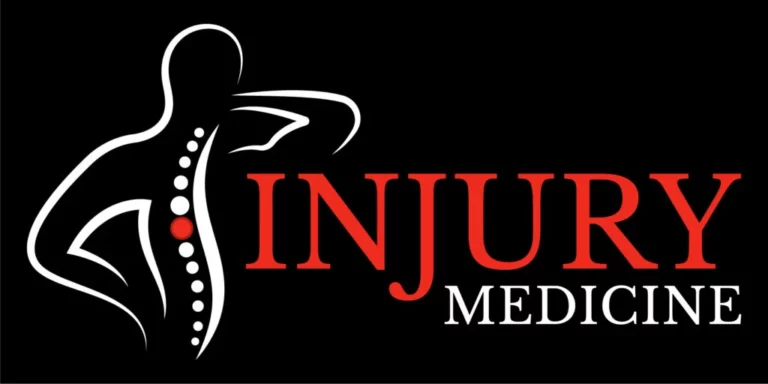The term “lesion” is used in both legal and medical contexts, describing different aspects of injury and pathology. In the legal context, a lesion is often a focal point of evidence in cases involving personal injury, assault, or negligence, while in the medical realm, it refers to an abnormality or injury to bodily tissues.
Legal Definition of Lesion
In legal terms, a lesion refers to an injury or damage to the body, particularly as evidence in cases involving personal injury, assault, negligence, or insurance claims. Lesion is a broad term that encompasses various forms of physical harm, ranging from minor bruises and cuts to severe injuries.
Medical Definition of Lesion
In the medical context, a lesion is a broad term used to describe any abnormal or damaged tissue in the body. Lesions can manifest as visible physical abnormalities, such as sores, growths, or ulcers, or they can be detected through medical imaging, including X-rays, MRI scans, or biopsies. Medical professionals use the term “lesion” to classify and describe a wide range of pathological changes within the body.
Types of Medical Lesions
Medical lesions can take many forms, including:
Ulcers: Open sores that develop on the skin, mucous membranes, or internal organs, often resulting from infection or tissue breakdown.
Tumors: Abnormal growths of tissue that may be benign (non-cancerous) or malignant (cancerous). Tumors can occur in various organs and tissues.
Inflammation: Lesions can result from inflammation in response to infection, injury, or autoimmune disorders. These can include redness, swelling, and tissue damage.
Cysts: Fluid-filled sacs that can form in various parts of the body, such as the skin or internal organs.
Plaques: Raised, thickened areas on the skin or within blood vessels, often associated with conditions like atherosclerosis or psoriasis.
Erosions: Areas of superficial tissue loss or damage, such as erosive gastritis affecting the stomach lining.
Abscesses: Pockets of pus formed within tissues, typically due to infection.
Lesions of the Nervous System: In neurology, lesions can refer to areas of abnormality in the brain or spinal cord, often detected through neuroimaging.
Legal Implications of Lesions
In legal cases, lesions play a significant role as evidence, particularly in the following contexts:
Personal Injury Claims: Lesions can be key pieces of evidence in personal injury cases. For example, photographs of visible lesions (such as bruises, cuts, or burns) can help establish the extent of physical harm and support the plaintiff’s claims for compensation.
Assault and Battery: In criminal cases involving assault and battery, lesions can serve as evidence of the victim’s injuries and the aggressor’s culpability.
Negligence Claims: In cases of negligence, such as medical malpractice or workplace accidents, lesions may demonstrate the extent of harm caused by the negligent actions of a healthcare provider, employer, or third party.
Insurance Claims: Lesions may be documented and presented as evidence in insurance claims, such as those related to auto accidents, premises liability, or product liability.
Expert Testimony: Medical professionals may provide expert testimony regarding lesions, explaining their nature, cause, and potential long-term effects in both civil and criminal cases.
Legal Principles and Lesions
Several legal principles relate to lesions in the context of personal injury and negligence cases:
Duty of Care: In negligence cases, the presence and nature of lesions can be used to establish whether a duty of care was breached. For example, the failure to provide proper medical treatment leading to worsened lesions may demonstrate negligence.
Causation: To establish causation, it must be demonstrated that the defendant’s actions or omissions were the direct cause of the plaintiff’s lesions. Medical evidence and expert testimony are often crucial in establishing this link.
Damages: Lesions can significantly impact the calculation of damages in personal injury cases. Medical bills, pain and suffering, and future medical expenses related to lesion treatment may all be considered when assessing compensation.
Comparative Negligence: In cases where both the plaintiff and the defendant bear some responsibility for the plaintiff’s lesions, principles of comparative negligence may apply, affecting the amount of compensation awarded.
Informed Consent: In medical malpractice cases involving surgeries or medical procedures that result in lesions, informed consent plays a vital role. Patients have the right to be informed about the risks, benefits, and alternatives to any procedure that may lead to lesions.
Medical Evaluation of Lesions
In medical practice, the evaluation of lesions typically involves the following steps:
Clinical Assessment: A healthcare provider examines the lesion, gathering information about its appearance, location, size, and any associated symptoms, such as pain or itching.
Imaging and Diagnostic Tests: Depending on the nature of the lesion and its location, imaging studies (e.g., X-rays, CT scans, or MRIs) or diagnostic tests (e.g., biopsies) may be performed to further evaluate the lesion and determine its cause.
Diagnosis: The healthcare provider uses the gathered information and test results to make a diagnosis, identifying the underlying condition or disease responsible for the lesion.
Treatment: Treatment of lesions depends on the underlying cause. It may involve medications,

